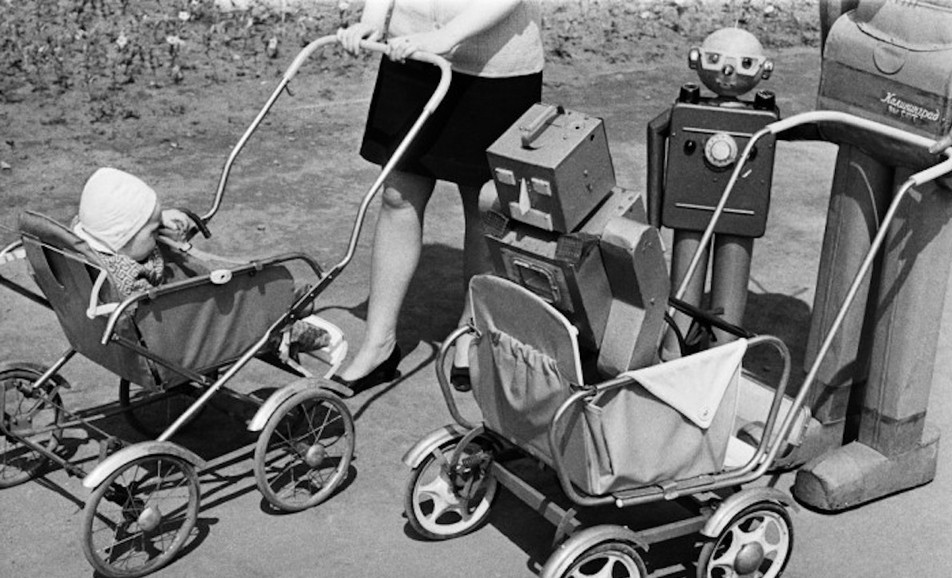Last month, I missed “The Age of the Anthropocene: Masters of Earth,” philosopher Stephen Cave’s excellent Financial Times piece about numerous recent books which weigh the sustainability of the human race in the face of bulging population and the environmental costs of our cleverness, which made possible the Industrial and Digital Revolutions. A piece about the perils of reengineering humans and geoengineering the environment, which riffs on new works by Diane Ackerman, Ruth DeFries and E.O. Wilson:
Ackerman takes us on a whimsical journey, at times directionless, but at others engaging and profound. Despite her resolute optimism, she is very much aware of the damage we cause, such as on the unlucky island of Guam in the western Pacific. She describes how problems began when a giant African snail, introduced to the island as a food source, spread to attack local crops; the authorities therefore introduced the carnivorous Florida wolfsnail to stop the plague — but the wolfsnail preferred the island’s indigenous snail species, 50 of which have now been made extinct, while their giant African cousin continues to destroy crops and native flora unimpeded.
This parable of incompetent meddling explains why many people profoundly object to the idea of geoengineering — attempting actively to manipulate the climate. Essentially, geoengineering is meddling on the grandest scale, such as spraying sulphur particles into the atmosphere to mimic the cooling effect of a volcanic eruption. It would be the definitive Anthropocene act, either innovating our way out of our problems or — just as likely — blundering into much worse ones.
Mindful of the law of unintended consequences, Wilson is sceptical of, for example, trying to re-engineer the human genome to make us better fitted for the future. Although we are flawed and have made quite a mess for ourselves, he argues that our imperfections and inner contradictions are also the source of the creativity that will lead to solutions. DeFries tells another nice story of incompetent meddling: an attempt in 1957 in the southern US to kill an invasive species of aggressive fire ants by using insecticides. This resulted in the eradication of native ant species, thereby clearing the way for the hardier fire ants to expand. The great naturalist, and ant-man, EO Wilson, described this at the time as the “Vietnam of entomology.” Now, in The Meaning of Human Existence, he gives his own take on the state of our species and the pros and cons of meddling.
Mindful of the law of unintended consequences, Wilson is sceptical of, for example, trying to re-engineer the human genome to make us better fitted for the future. Although we are flawed and have made quite a mess for ourselves, he argues that our imperfections and inner contradictions are also the source of the creativity that will lead to solutions.•



